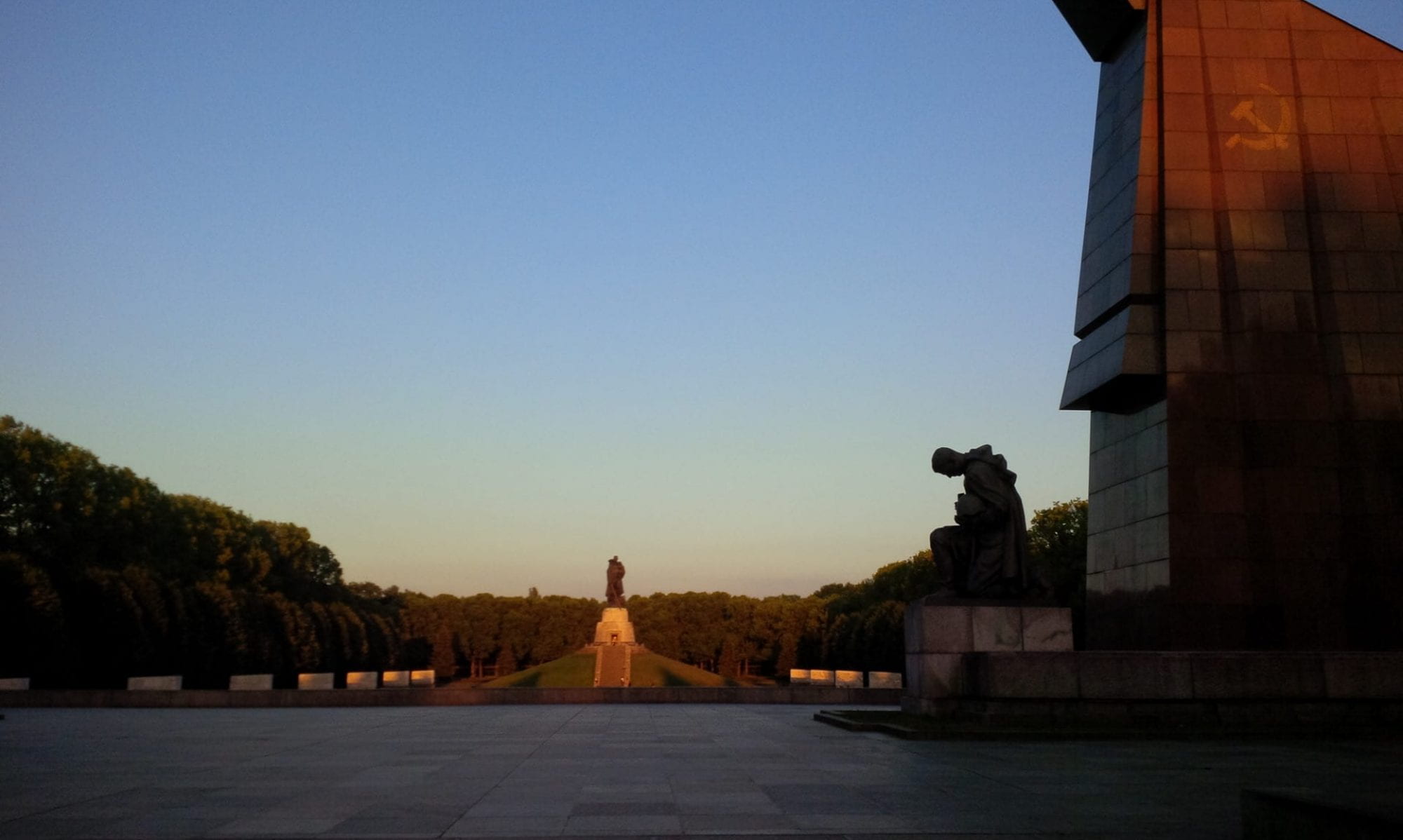The value of academic conferences that require physical human presence is being increasingly questioned; it certainly seems that way on my Twitter feed. And the current pandemic has only brought heightened attention to the problems associated with these gatherings: what is the point? Do they really foster engagement and exchange or are they simply an occasion for talks that go over time and questions that are “actually more of a comment?” Is all the flying around the world sustainable given the climate crisis? What about graduate students, international scholars, and contingent faculty that do not have the luxury of institutional or personal travel funds or door-opening passports? And now that classes have transitioned to online platforms, some are predicting the end of the academic conference as we know it. Although I share much of the criticism leveled against academic conferences (I have been to enough bad conferences), I want to make the case that Material Secularisms was a representative example of an irreplaceable form of academic exchange only.
There is no need to go over arguments that are obvious to those steeped in affect and materiality: [insert here your own assemblage of citations from your favorite theorists] or lament the horrifying prospect of presenting your work staring at a list of names or floating heads on your screen. What I want to highlight is the complimentary relationship between a presentation, an academic’s body of work, and the broader scholarly conversation.
None of the presentations I saw was trying to fit a book’s worth of arguments into twenty minutes, and each was at a different stage of work-in-progress. Again, we know this is an important ingredient in the recipe for a good conference. What I realized for the first time was that when I heard someone whose work I had read, my familiarity made the short presentation much more than it was. Now, I had context, I could see particular trajectories, I detected individual scholarly styles. Conversely the presentation—the content yes, but also how the person wearing their academic work—gave valuable insight that illuminated past and future readings of an author’s work. Moreover, seeing presentations tailored to the theme of the conference, conversations continue during Q&A, and casual chatter on the sidelines brought to life scholarly conversations, only a glimpse of which can be seen in introductory chapters and in citations.
That a conference slot—even a generous one—is not an appropriate place for long, complex arguments that require too many I-don’t-have-time-for-this slide skipping is a case already won. Material Secularisms demonstrated how a conference, done right, can be a uniquely useful supplement to what we read and write. It only takes an excellent theme that is neither too broad nor too narrow, a roomful of brilliant people who were available that weekend, and months of logistical planning.
Ali Noori is a graduate student in the Department of Religious Studies at Penn.
